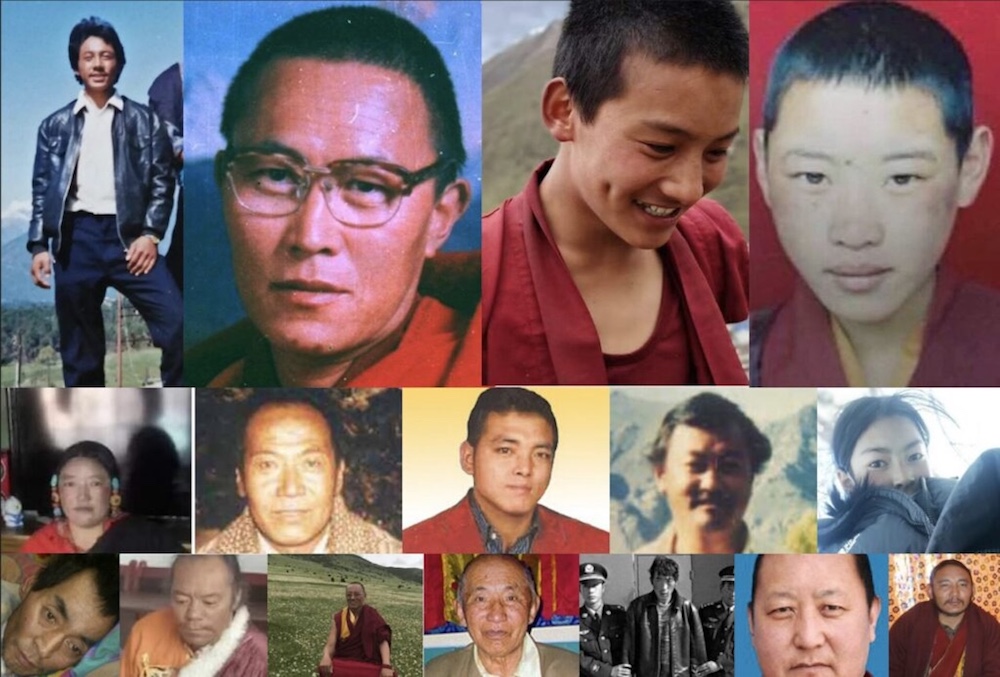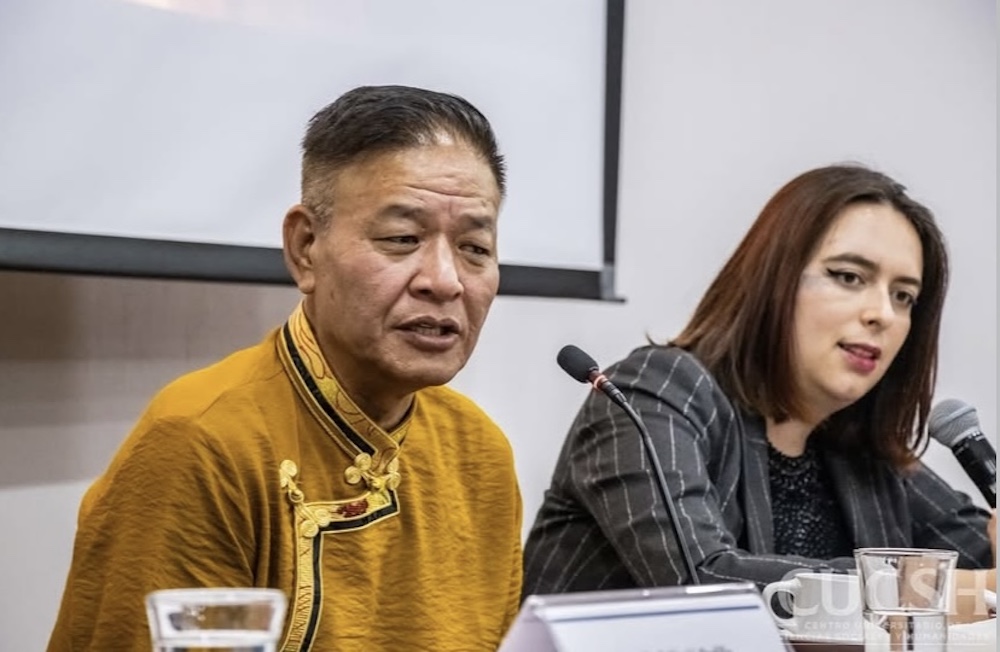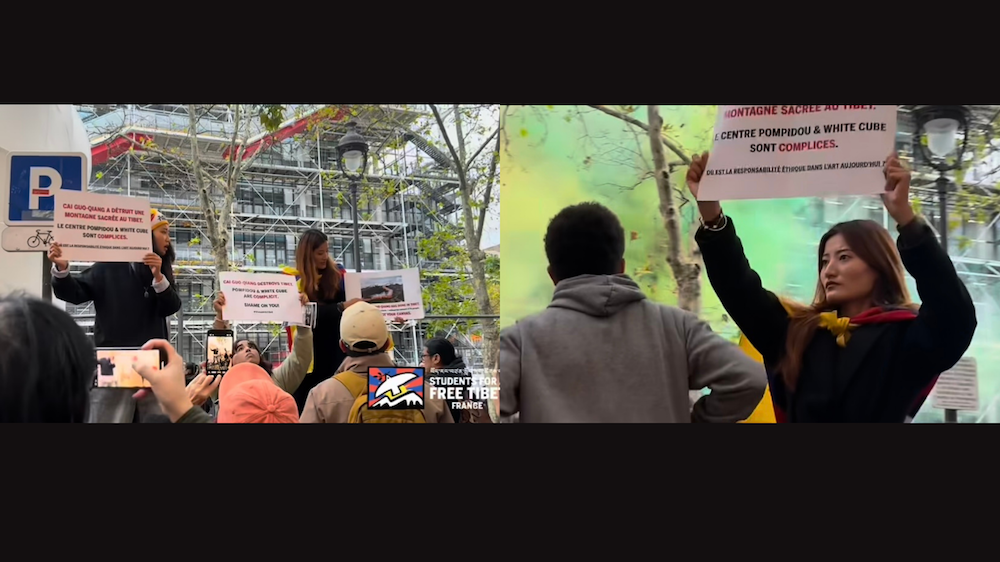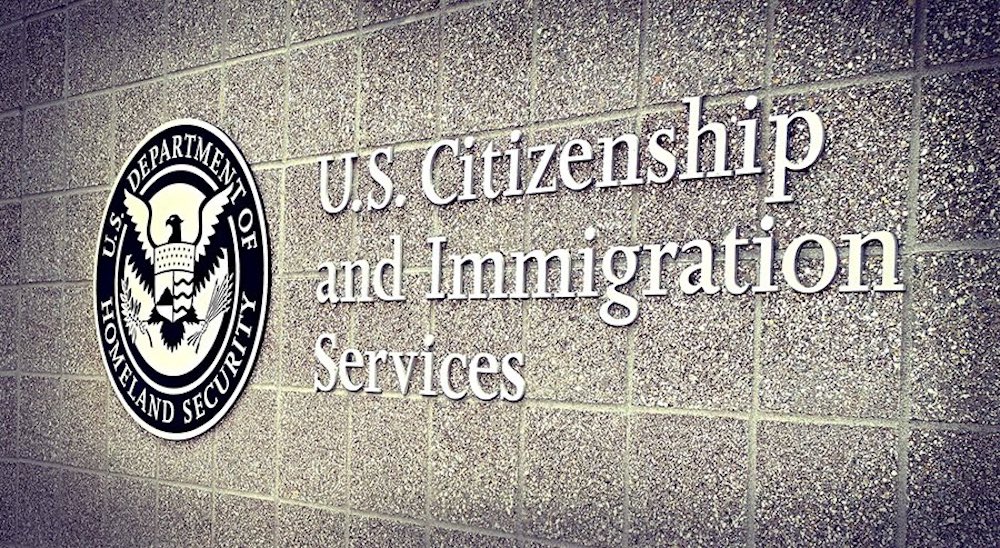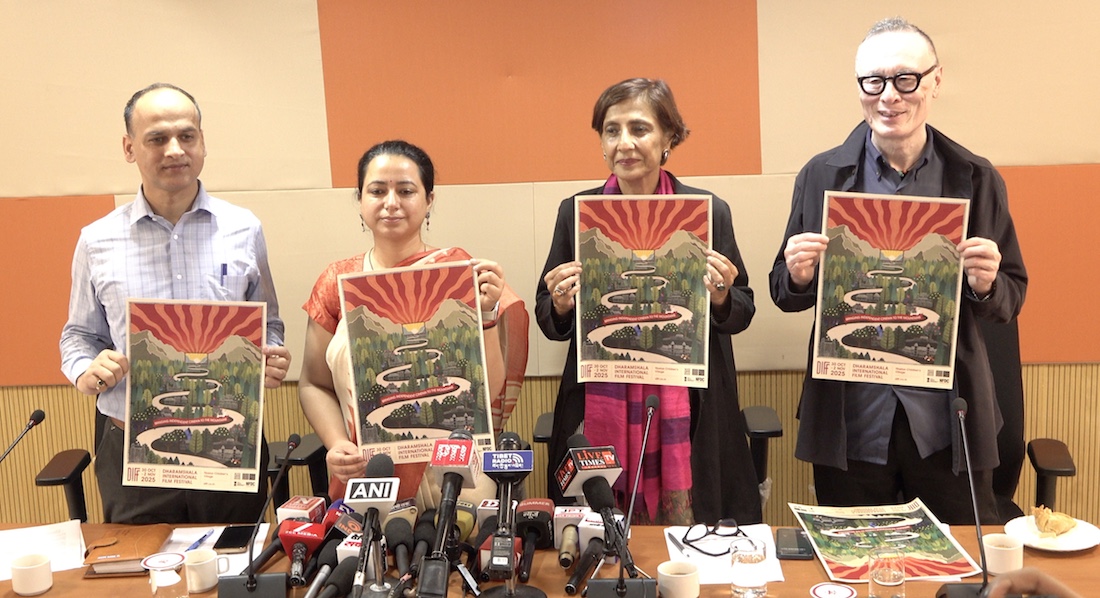Tsering Dhundup
DHARAMSHALA, June 27: On the occasion of the International Day in Support of Victims of Torture, the Central Tibetan Administration (CTA) and Tibetan Centre for Human Rights and Democracy (TCHRD) issued indictments of the Chinese government’s systematic use of torture in Tibet, demanding global accountability for decades of abuse.
To mark the solemn day, the Human Rights Desk of the Department of Information and International Relations (DIIR) of the CTA released a report titled “Torture Deaths of Tibetan Political Prisoners”. The publication is a compilation of documented cases of Tibetan political prisoners who have died as a result of brutal treatment in Chinese custody or shortly after release due to irreversible injuries or illnesses sustained during imprisonment.
The report pays tribute to those Tibetans who perished “not for any crime”, it states, “but for peacefully expressing their Tibetan identity through language, religion, culture, and resistance against ecological destruction in Tibet.” Structured into thematic sections including Beaten to Death, Denial of Medical Treatment, Died Post Prison Release, Illness from Prison, Execution, and Erasing Evidence. The report seeks to ensure that these victims’ stories are neither forgotten nor ignored.
Secretary of the Department of Information and International Relations, Mr Karma Choeying, emphasised in his foreword that the report is not only a documentation effort but “a moral indictment of the Chinese Communist Party’s violent suppression of an entire people’s existence”. He urged the international community to uphold human rights law, call out China’s violations, and amplify demands for justice.
Reinforcing the CTA’s stance, the Dharamshala-based Tibetan Centre for Human Rights and Democracy stated that torture remains “systematic and state-sanctioned” in Tibet, even as China touts legal reforms.
In February 2025, China belatedly submitted its sixth periodic report to the UN Committee Against Torture—more than five years overdue. While claiming legal reforms, including video documentation of interrogations and exclusion of torture-based confessions, TCHRD says Beijing’s report is silent on the situation in Tibet.
“Torture in Tibet is not just a method of punishment—it is a deliberate strategy to erode Tibetan identity, silence dissent, and instil fear,” the TCHRD statement reads, highlighting ongoing practices of enforced disappearances, prolonged incommunicado detention, and coerced confessions—particularly during initial detention, when detainees are denied legal counsel and family contact.
The rights group also cast doubt on Beijing’s claims of establishing over 3,000 standardised law enforcement centres for humane treatment. In reality, these centres, it said, are linked to forced ideological indoctrination, secret detentions, and routine abuse of Tibetan detainees.
Citing emblematic cases such as the custodial deaths of Tulku Tenzin Delek Rinpoche and Lhamo and the recent death of Tulku Hungkar Dorjee Rinpoche on foreign soil, TCHRD pointed to a clear pattern of impunity and lack of accountability. All were targeted for peaceful acts of religious leadership, cultural preservation, or community service—and all paid the ultimate price.
“Tibet remains a legal black hole,” the statement declared. “Despite formal commitments, China’s legal system in Tibet continues to treat peaceful activism as a national security threat and a punishable crime.”
“Torture is a grave crime under international law,” TCHRD concluded. “China’s failure to stop its use in Tibet not only violates its treaty obligations but also exposes the deep and ongoing repression inflicted on the Tibetan people.”
Both the CTA and TCHRD have called on the international community, including governments and human rights groups to take urgent and concrete action. Key demands include the unconditional release of all Tibetan political prisoners and unrestricted access to Tibet for UN human rights experts and international journalists.


